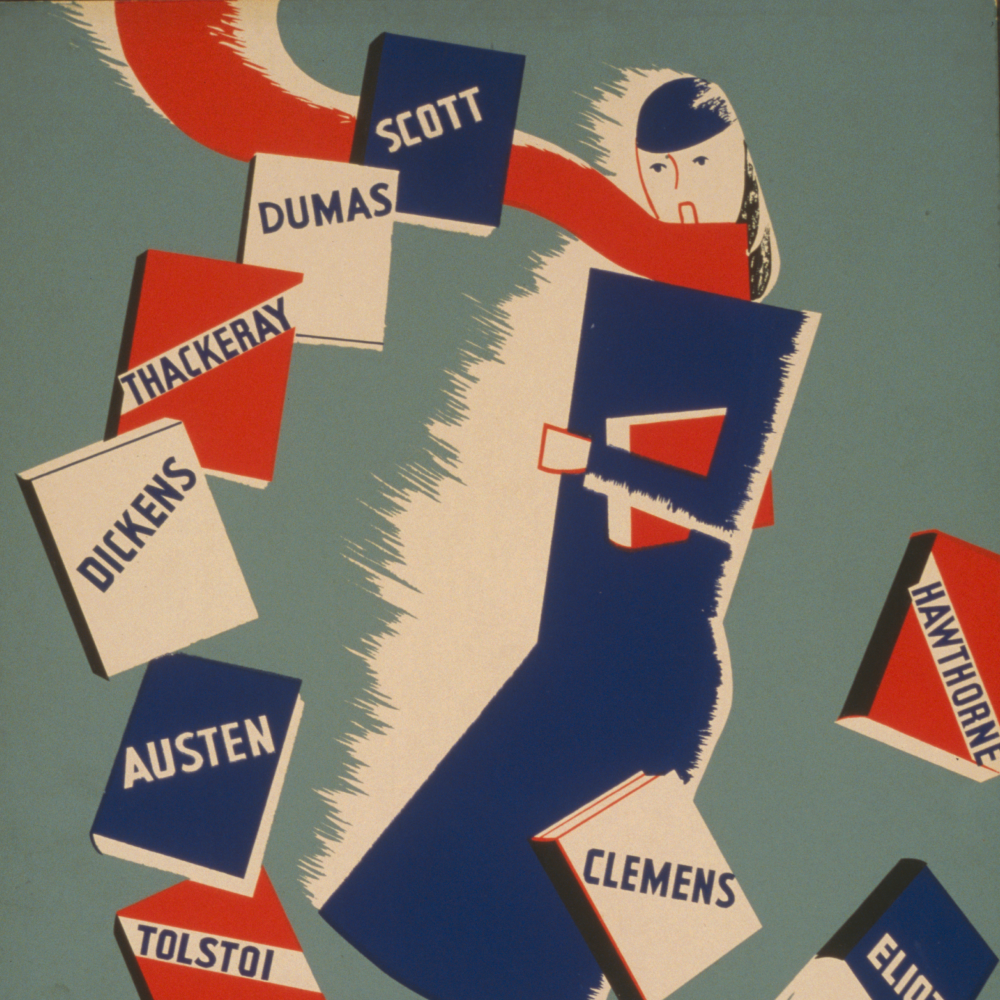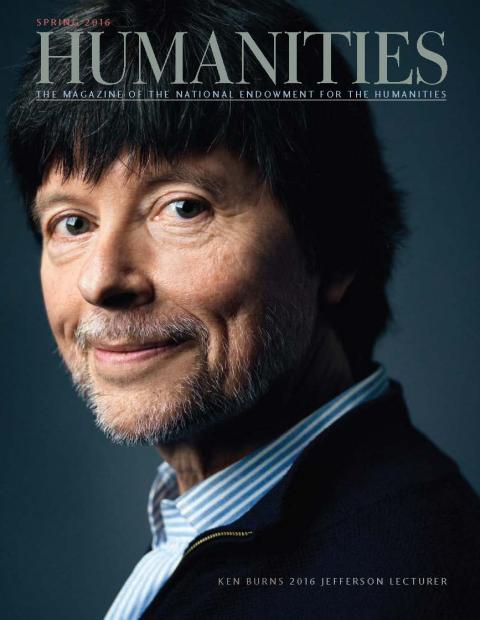For the last decade or more, the goal of readying young people for college and career has dominated discussions of educational policy. In 2010 Congress called on the American Academy of Arts and Sciences to study the question of the current state and future role in the country of the humanities and social sciences. The resultant commission produced the report “The Heart of the Matter” in 2013, and urged that alongside career readiness and other goals we should also foster “participatory readiness” in our young people. By this, the commission, on which I served, meant that our educational systems and supporting cultural organizations ought to prepare young people for civic participation in their communities and in the country’s political institutions. The insight of the “Heart of the Matter” report is that, of all the disciplines, the humanities and social sciences have a special contribution to make to civic education.
Over the last four years, I’ve worked with a team of researchers to study assessment in the humanities and liberal arts (HULA). As will surprise no one, when practitioners of the humanities—whether college instructors or public humanities program directors—describe their pursuits, they frequently mention cultivating civic orientations and capacities in their students.
As it happens, some small fragments of data back up the idea that humanities and social sciences education achieve relevant effects. Scholars have long known that attending college seems to encourage people to increase their engagement in the political process. Importantly, level of education is an even stronger predictor than income of whether one will vote on Election Day. This suggests that something is happening on college campuses, and not in the K–12 system, that goes beyond the provision of economic opportunity. But what?
Not all college experience is the same, of course, and this fact holds an important key. Students have varying experiences depending on, among other things, their choice of major. Interestingly, there is a statistically significant difference in the rates of political participation between those who have graduated with humanities majors and those who graduate with STEM (science, technology, engineering, and mathematics) majors. Data from the Department of Education shows that, for the class of 2008, while 92.8 percent of humanities majors had voted in an election within a year of graduation; the same was true of only 83.5 percent of STEM majors. A comparison of 1993 graduates showed that 44.1 percent of former humanities majors had written to a public official within ten years of graduating, while the percentage of STEM majors who had written to a public official was 30.1.
Of course, the self-selection of students into the humanities and STEM majors may mean that the difference reflected by these data points derives from underlying features of the students rather than from the teaching they received. Yet these patterns also show up in a study that controls for students’ preexisting levels of interest in politics by Duke University political scientist Sunshine Hillygus. In Hillygus’s study, “The Missing Link: Exploring the Relationship between Higher Education and Political Engagement,” participation in social-science college curricula is a strong predictor of later political participation.
The difference between these educational strands in higher education is mirrored in K–12 education as well, Hillygus finds. Just as those who major in the humanities or take social-science courses in college are more likely to participate politically after graduation, so too those whose verbal skills are higher by the end of high school, as measured by SATs, are more likely to become active political participants than those with high math scores. Moreover, the SAT effect endures even when college-level curricular choices are controlled for.
Correlation is not the same as causation, of course, but those with better verbal skills are clearly more ready to be civically and politically involved. Something outside the classroom may have motived them to become politically involved in the first place, and then, once engaged, these students sought the verbal skills to thrive in a public sphere. Or the verbal competence may have made it easier to engage. We don’t have a study that considers levels of engagement before and after significant increases in verbal competence. But we do have a tantalizing suggestion that the work of the humanities is intrinsically related to the development of “participatory readiness.”
That there is a connection between the humanities and liberal arts and civic education should not be surprising. It is, however, often overlooked, despite its great significance.
When we think about education policy, we often ask how a mass democracy such as ours can thrive in a competitive global economy. As we focus on that question, as the 1983 report “A Nation at Risk” and the 2007 report “Rising Above the Gathering Storm” taught us to do, the STEM disciplines look like safe bets to secure a competitive economy and vocational success for our young people. But competitiveness alone is not enough to answer the question of how a mass democracy can thrive in the current world.
Because of science, technology, engineering, and both math and medicine, the world saw a rapid acceleration of population growth rates in the nineteenth and twentieth centuries. World population grew from 1 to 7 billion in little more than 200 years. In short, the human world in the wake of the industrial, aeronautical, biomedical, and digital revolutions simply has a different scale than it did in earlier eras of human history, and the STEM fields get credit for unleashing the “mass” part of “mass democracy.” We surely need their help to navigate this new landscape.
But if the STEM fields gave us the “mass” part of “mass democracy,” the humanities and social sciences gave us the “democracy” part. The people in this country and in Europe who designed systems of representative democracy had been broadly and deeply educated in history, geography, philosophy, literature, and art. This makes obvious sense the moment one pauses to ask what is involved in educating someone to participate in political and civic activities.
The pithiest summary of the intellectual demands of democratic citizenship that I know of appears in the second sentence of the Declaration of Independence. To understand the force of its argument, it is necessary to quote that sentence in full, with special attention to the final clause:
We hold these truths to be self-evident, that all men are created equal; that they are endowed by their Creator with certain unalienable Rights; that among these are Life, Liberty and the pursuit of Happiness—That to secure these Rights, Governments are instituted among Men, deriving their just Powers from the Consent of the Governed; that whenever any Form of Government becomes destructive of these Ends, it is the Right of the People to alter or to abolish it, and to institute new Government, laying its Foundation on such Principles and organizing its Powers in such Form, as to them shall seem most likely to effect their Safety and Happiness.
In the final clause of this long sentence, the Declaration sums up the central intellectual labor of the democratic citizen. Citizens must judge whether their governments are meeting or failing to meet their responsibility, spelled out earlier in the sentence, to secure rights. If a government is failing in its core purposes, its citizens have the job of figuring this out and of figuring out how to change direction. This requires making judgments about grounding principles for the political order and about possible alternative approaches to the formal institutional organization of state power. Properly conducted, the citizen’s intellectual labor should result in probabilistic judgments about a causal question: What combination of principle and organizational form is most likely to secure collective safety and happiness?
If this is the work of citizenship, what intellectual resources do we need to carry it out? To make judgments about the course of human events, and our government’s role in them, surely we need history, anthropology, cultural studies, economics, political science, sociology, and psychology, not to mention some of the tools of math (especially for the statistical reasoning necessary for probabilistic judgment) and science, because governmental policy does intersect with scientific questions. If we are to make judgments about the core principles or values that should orient our judgments about what will bring about our safety and happiness, surely we need philosophy, religion or the history of religion, and literature. Then, since the democratic citizen does not make his or her judgments alone, or proceed to execute them as a solitary Prince Valiant, we need the arts of conversation, eloquence, and prophetic speech. Preparing ourselves to exercise these arts surely takes us back again to literature, and also to the visual arts, art history, film, and even music. In other words, we need the liberal arts. They were called the free person’s arts for a reason.
To say that we need all these disciplines in order to cultivate “participatory readiness” in our young people is not to say that we need precisely those versions of the disciplines that existed in the late eighteenth century. To the contrary, it is our job, working as scholars and teachers now, to build the most powerful intellectual tools we can and to decide for ourselves, learning from our predecessor’s successes and errors, how to shape these tools.
If we care about shepherding a mass democracy through the complexities of our contemporary world, we cannot content ourselves with addressing only issues of economic security, public health, and transportation for populations scaled in the hundreds of millions. We must also tend to the “democracy” part of mass democracy. For this, we need the humanities and social sciences, not only in universities but also in our K–12 schools.


